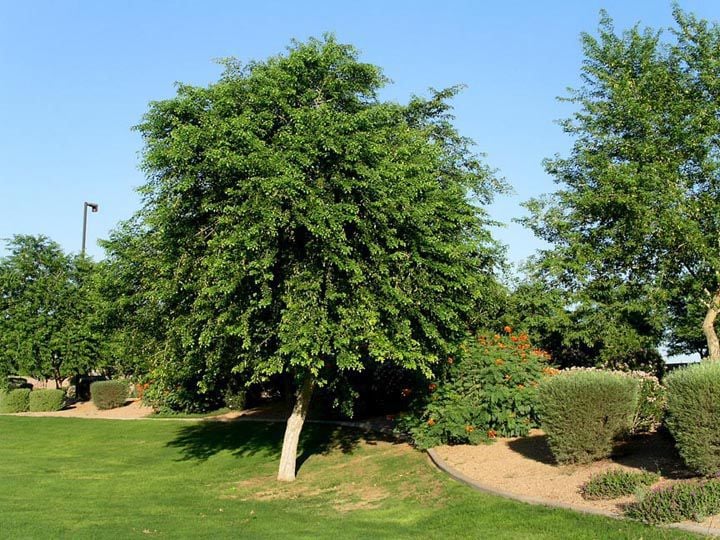Each year, thousands of Arizona residents email or call Rosie Romero’s radio show with questions about everything from preventing fires in their chimneys to getting rid of tree roots invading their sewer system. His goal is to provide answers that suit the specific lifestyle wherever someone lives in Arizona.
Q: I know sissoo trees can cause problems in Phoenix because of invasive roots, but wondered if they have them in Tucson as well?
A: For the most part, nurseries in Tucson don’t sell them because although they are fast-growing, they don’t grow well in Tucson because their brittle branches break off in the wind and because they have a tendency to suffer freeze damage at higher elevations. If you should by chance have one and want to cut it down and get rid of it, you need to work diligently to cut off all the sprouts that come up from the roots left behind, and you will have to apply stump killer on those roots as well whenever you find them.
Q: I moved to Arizona a couple years ago from California, and I’m wondering if there is any way to chill the water coming out of the tap in the summertime. I was shocked the first time I took a shower here in the summer because I didn’t even need to turn on the hot water. I thought that the hot and cold water lines had been reversed.
A: You can buy a pressurized holding tank to install in the house and use it as a cooling station for water. When your pipes empty, it will recharge the line with cooler water. You could do the same thing by buying another water heater tank — the cheapest you can find — and using it to hold water until it cools. But doing that can be expensive and you have to find space in your house for the tank because putting the tank in the garage wouldn’t cool the water enough.
Q: I just planted two 15-gallon desert trees — a palo blanco and an acacia. Now I’m wondering about how to water them. Can I use drip irrigation?
A: You can use irrigation emitters on both of them, but be sure the drip device is near the top of the soil so you can check to see if it’s working properly, rather than burying it in the ground. You can also move the emitters away from the trunk of the tree as it grows. Water every other day for the first week or two and then cut back very gradually. You want the trees to each get eight to 10 gallons of water every time you water. For more advice, get a copy of “Landscape Watering by the Numbers,” a publication of the Arizona Municipal Water Users Association.
Q: I’m rebuilding the manifold for the irrigation system I use for my backyard and patio. In the past there have been a lot of problems with the old system that was put in by the previous owner. He crammed a PVC pipe into the valve box that was squeezed in between a wall and the patio and actually bent the pipe to get it in. The pipe leaked and that attracted tree roots that have grown into the valve box and are starting to damage the wall. Do you have any suggestions?
A: It would be good to relocate the manifold and associated valves to an area with more room for a larger valve box. Carefully laid out, there should be no need for excess PVC piping and valve access will become much easier. You could also install the manifold and valves above ground.
Q: I recently looked at a piece of property to buy and when I went out into the area where the backyard would be located there was a depressed area and in the middle of it there seemed to be huge cracks. Is there any way that could be fixed?
A: If that is a true fissure in the soil on the lot, you probably won’t have any luck in fixing it. There are some areas in Arizona where there are fissures that just can’t be repaired. Before buying that property, you may want to look at the National Geological Survey webpage, azgs.az.gov, which has mapped out and recorded areas where there are serious fissures.





